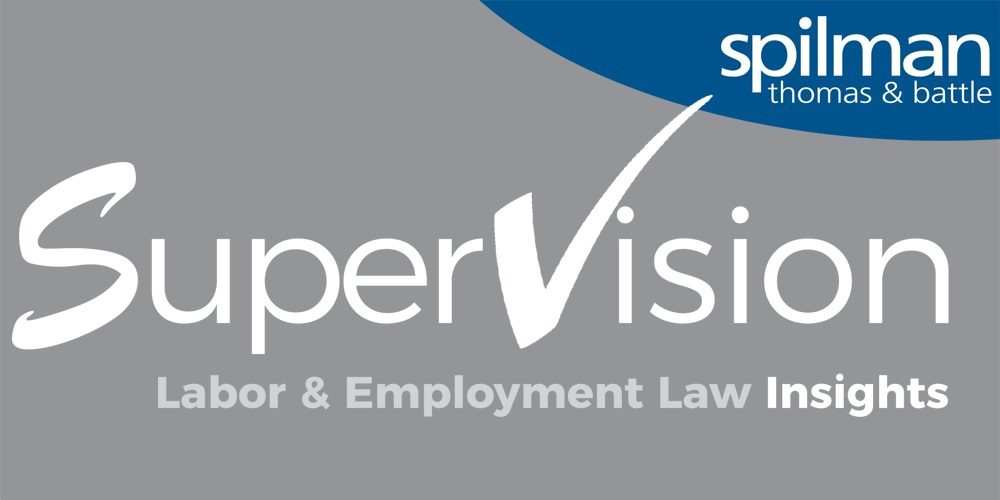Article
Resources
Article
The U.S. Supreme Court Lowers the Standard for an Employee to Prove Workplace Discrimination from an Involuntary Job Transfer

On April 17, 2024, the United States Supreme Court issued its unanimous decision in Muldrow v. St. Louis, 601 U.S. _____ (2024), which addressed the appropriate standard for evaluating whether a job transfer – even where the employee’s pay and job level do not change – can serve as the basis for a claim of workplace discrimination.
Sergeant Muldrow served as a plainclothes police officer in St. Louis, Missouri’s Intelligence Division until she was involuntarily transferred to a patrol position when her new supervisor wanted to hire a man for her position. While Sergeant Muldrow retained her rank and pay with the transfer, there were differences in her responsibilities, benefits, and schedule. Among other things, Muldrow lost her FBI status, her take-home car, and was placed on a “rotating schedule” which required her to work some weekend shifts. At the trial level, the lower court dismissed Muldrow’s claims emphasizing that her transfer only resulted in “minor changes in working conditions” and “did not result in a diminution to her title, salary, or benefits.”
Prior to the Supreme Court’s decision in Muldrow, many courts required the employee to satisfy a heightened standard of harm – that the transfer resulted in a “materially significant disadvantage” or “significant detrimental effect” – in order to prevail on a claim of discriminatory job transfer under Title VII (or other federal anti-discrimination statutes). The Supreme Court reversed the lower court’s ruling noting that while a job transferee must show “some harm” from a forced transfer that bears upon the terms and conditions of employment, he/she need not prove that it was “significant” or “serious.” The Muldrow decision lowers the bar for claims over job transfers under federal anti-discrimination statutes (Title VII, ADEA, ADA) even where the job transfer does not result in a reduction in pay or benefits. Employers will now need to assess more than just the objective pay and benefits of a position before involuntarily transferring an employee.
Although the Muldrow decision dealt with forced job transfers under Title VII, it may also open the door to a broader interpretation of what constitutes an “adverse action” in other contexts under federal employment discrimination statutes. Employers should continue to exercise care when making decisions that impact employees’ terms and conditions of their employment. In particular, when taking adverse action with respect to an employee, i.e., discipline, demotion, transfer, etc., employers will want to ensure they have a legitimate, non-discriminatory reason for the action that, where possible, have been documented in writing.
To the extent you have any questions about the impact of the Muldrow decision on your operations or about any other labor and employment matter, contact a member of Spilman’s labor and employment team.

